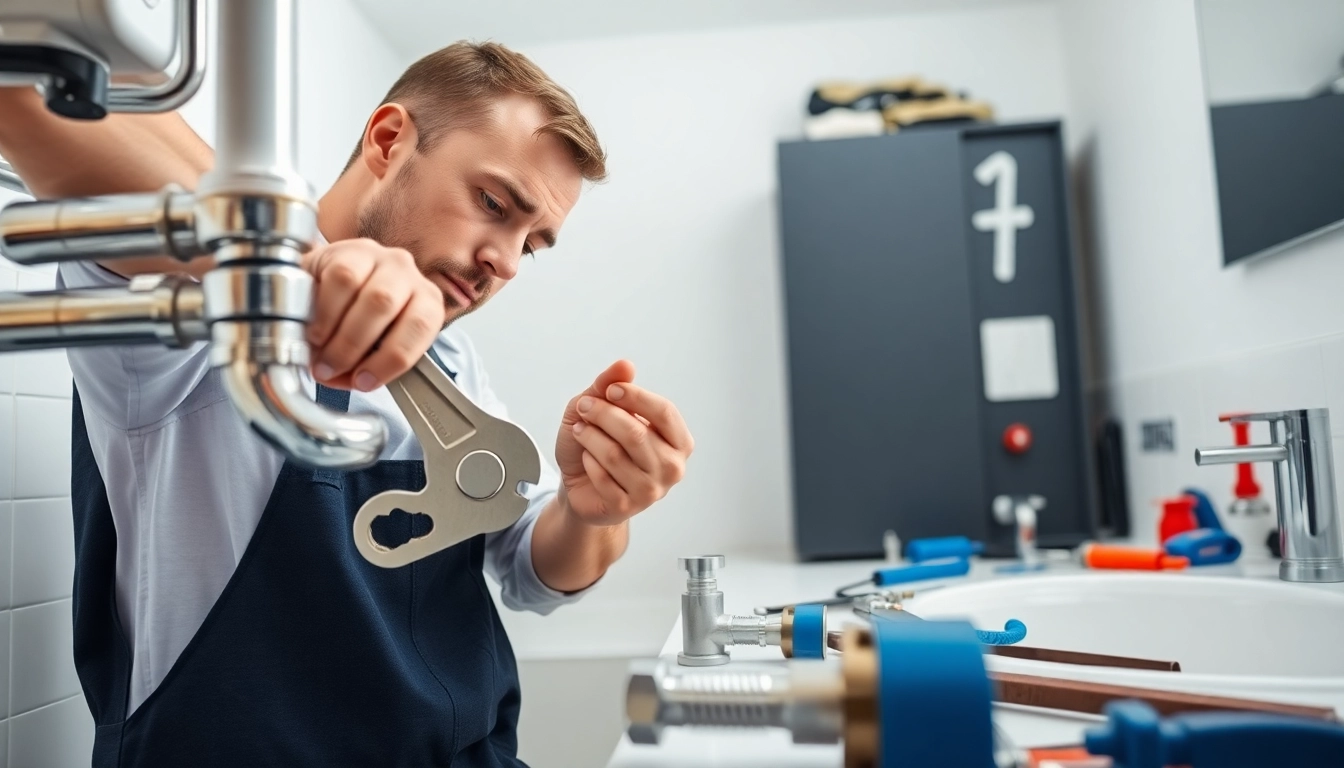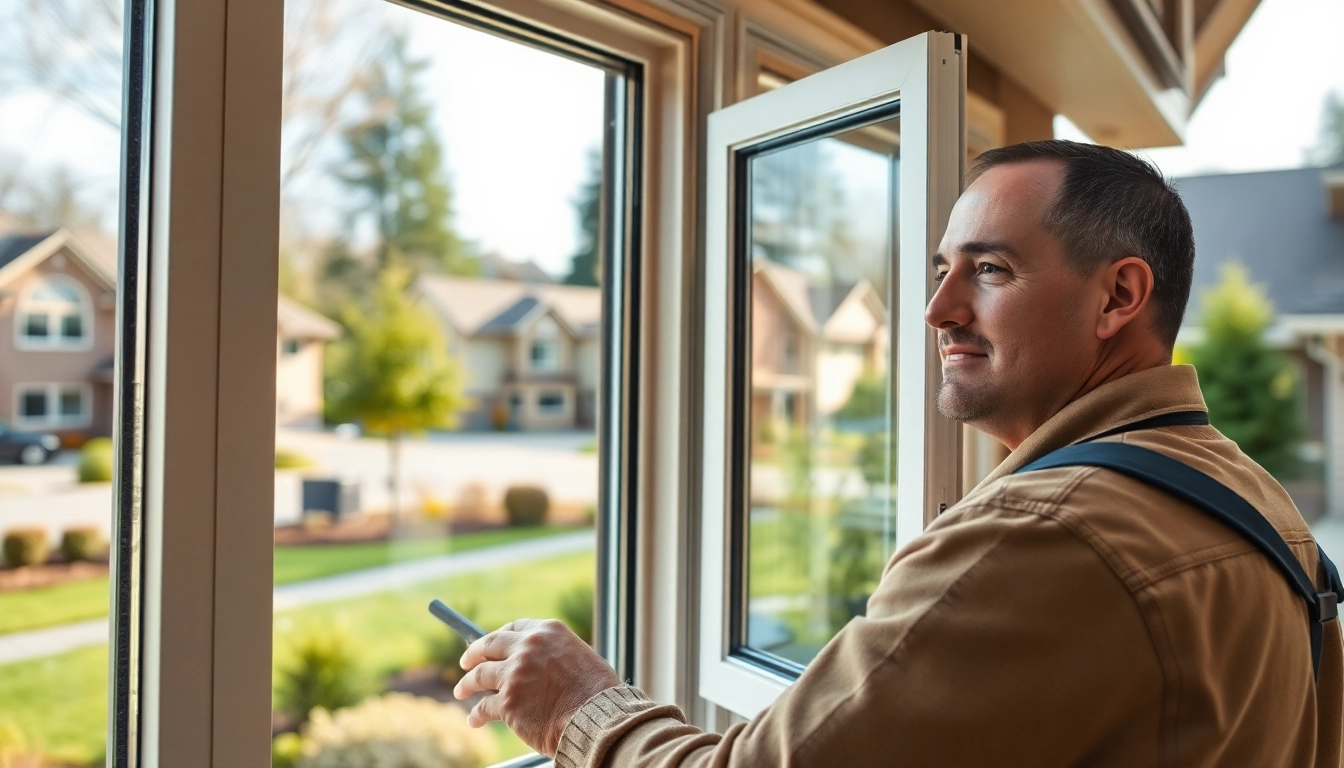Understanding Plumbing Basics
Plumbing is an essential aspect of modern living, allowing us to access clean water and manage wastewater effectively. This intricate system plays a pivotal role in our everyday lives, and understanding its fundamentals can empower homeowners to tackle common issues and appreciate its complexity. In this article, we’ll delve into the core elements of plumbing, common problems, maintenance tips, advanced techniques, and essential tools that enhance the functionality and efficiency of your plumbing system.
What is plumbing?
Plumbing refers to any system designed for conveying fluids—primarily water and waste. It encompasses a network of pipes, valves, fixtures, and appliances that facilitate the supply of clean water for drinking, cooking, bathing, and other daily activities while effectively managing the disposal of wastewater.
Components of a plumbing system
A plumbing system comprises several key components that work together to provide water and manage waste. The main elements include:
- Pipes: The conduits that transport water and waste throughout your home.
- Fixtures: Components such as sinks, toilets, and showers that allow for water usage.
- Valves: Mechanisms that control water flow, including main shut-off valves and individual fixture valves.
- Traps: Curved sections of pipe designed to prevent sewer gases from entering your home.
- Vent systems: Pipes that allow air to enter the plumbing system, ensuring proper drainage and preventing vacuum locks.
Common plumbing terms
Familiarizing yourself with plumbing terminology can be beneficial. Here are some common terms:
- Backflow: The reversed flow of water caused by pressure changes.
- Drainage, Waste, and Vent (DWV): A system designed to safely drain and vent wastewater.
- Water Hammer: A loud noise that occurs when a tap or valve is shut off suddenly.
- Anti-siphon: A device that prevents backflow to protect the water supply.
Typical Plumbing Problems
Despite the robust design of plumbing systems, problems can arise. Understanding these issues is vital for homeowners to prevent damage and maintain efficiency.
Identifying leaks and clogs
Leaks and clogs are among the most common plumbing issues. Signs of a leak include:
- Unexplained increases in water bills.
- Damp spots on walls or ceilings.
- Mold or mildew growth near plumbing fixtures.
Common causes of clogs are:
- Accumulation of hair, soap, or debris in drains.
- Foreign objects lodged in toilet drains.
- Grease accumulated in kitchen sink pipes.
Understanding drainage issues
Drainage issues occur when wastewater fails to move efficiently through the plumbing system. Look out for signs such as:
- Slow drainage in sinks and tubs.
- Gurgling sounds in pipes.
- Backflow of waste into fixtures.
Recognizing water pressure problems
Water pressure issues can affect your daily activities. Low water pressure may stem from:
- Blockages in plumbing fixtures.
- Leaks in supply pipes.
- Faulty pressure regulators.
Conversely, high water pressure can lead to leaks and burst pipes, making it crucial to maintain balanced pressure levels.
Plumbing Maintenance Tips
Preventive maintenance is key to extending the lifespan of your plumbing system and minimizing issues.
Routine checks and inspections
Performing regular inspections can help identify potential problems early. Consider checking:
- Water heater performance and signs of corrosion.
- Faucets and showerheads for leaks.
- Water supply lines for signs of wear and tear.
Seasonal plumbing maintenance
Seasonal maintenance tasks include:
- Draining and flushing the water heater to remove sediment buildup.
- Insulating exposed pipes during winter to prevent freezing.
- Checking outdoor hose bibs and preparing them for cold weather.
DIY fixes vs. professional help
While many minor plumbing repairs can be tackled as DIY projects, certain situations require professional assistance. Understanding the difference is essential:
- DIY: Changing a faucet or unclogging a sink.
- Professional Help: Major leaks, re-piping, or complex drainage issues.
Advanced Plumbing Techniques
For homeowners looking to delve deeper into plumbing, understanding advanced techniques can enhance their skillset.
Installing fixtures and appliances
The proper installation of fixtures is crucial for efficient function. Follow these steps:
- Turn off the water supply before starting any installation.
- Follow manufacturer instructions to ensure compatibility and functionality.
- Test the installation for leaks after completing the process.
Piping and soldering methods
Knowledge of piping materials is essential for effective plumbing repairs. Common materials include:
- Copper: Durable and resistant to corrosion.
- PVC: Lightweight, easy to install, and cost-effective.
- PEX: Flexible and ideal for retrofitting projects.
Soldering techniques are essential for joining copper pipes, requiring precision and safety measures.
Understanding plumbing codes and regulations
Familiarity with plumbing codes ensures that installations comply with local regulations, maintaining safety standards and preventing potential fines. Always consult local codes before undertaking significant plumbing work.
Choosing the Right Plumbing Tools
Having the right tools is fundamental for any plumbing project, whether minor repairs or larger installations. Here’s a breakdown of essential and advanced tools.
Essential tools for homeowners
Homeowners should invest in essential tools to handle common plumbing tasks effectively:
- Plunger: A classic tool for clearing clogs.
- Pipe wrench: Ideal for tightening or loosening pipes.
- Adjustable wrench: Versatile for various fittings.
- Pipe cutter: For clean cuts on pipes to ensure good seals.
Advanced tools for plumbing projects
For those looking to tackle more complex plumbing tasks, consider investing in advanced tools:
- Drain snake: A flexible tool for clearing deep blockages.
- Pressure gauge: Essential for measuring water pressure.
- Video inspection camera: Allows for visual assessment of pipes and drains.
Maintaining your plumbing toolkit
Regular maintenance of your tools will ensure their longevity and effectiveness. Keep them clean and store them in a dry place to prevent rust and damage.

